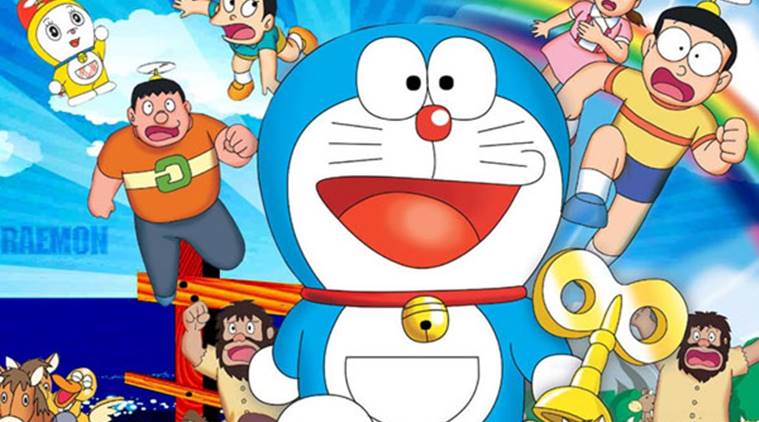Watching cartoons can improve children’s narrative skills and memory, says study
The study analysed how narrative and non-narrative cartoons can develop narrative skills, moral reasoning, values and countervalues in children in mainstream and non-mainstream education.
 Doraemon
Doraemon
Most children love to watch cartoons, and a study recently pointed out that it is actually good for their development.
Conducted by the UPV/EHU’s Department of Evolutionary Psychology and Education, the study analysed how narrative and non-narrative cartoons can develop narrative skills, moral reasoning, values and countervalues in children in mainstream and non-mainstream education.
The researchers identified the use that schoolchildren make of the internet and electronic devices, as well as support and control strategies used by parents, the positive and negative conceptions parents have about internet use, and difficulties and challenges they face when mediating their use.
Also Read| 24 graphic novels that can turn your kids into book addicts
Secondly, various tests were conducted to understand how schoolchildren interpret and decode the fictional content of the cartoons. And the tests revealed that narrative and non-narrative cartoons affect the child’s reception, processing, comprehension and memory. For children who were eight to nine years old, it impacted their narrative skills and perception of values and countervalues.
The children who watched narrative cartoons gave longer and detailed accounts while those who watched non-narrative ones had shorter, altered accounts. “The narrative cartoons we analysed have the same structure as classical stories (introduction, core and denouement). The thread can be easily followed. In the non-narrative cartoons we analysed, the events do not take place in the same context, the characters jump continually from an everyday atmosphere to another virtual one, and the individual watching has difficulty understanding the reasons and outcomes of the events. Additionally, in the latter, clinchers are used continually,” UPV/EHU researcher Eider Oregui was quoted as saying.
Analysing children’s attention capacity while watching cartoons, the study found that those with a narrative structure provided kids with attention breaks. For non-narrative, they maintained continuous eye contact with the screen. “In the narrative cartoons, each one chooses, as a viewer, what to pay attention to or not; in other words, it involves voluntary attention, whereas in the non-narrative ones, attention is not voluntary because of the ongoing effect of the clinchers,” Orequi said.





- 01
- 02
- 03
- 04
- 05


























